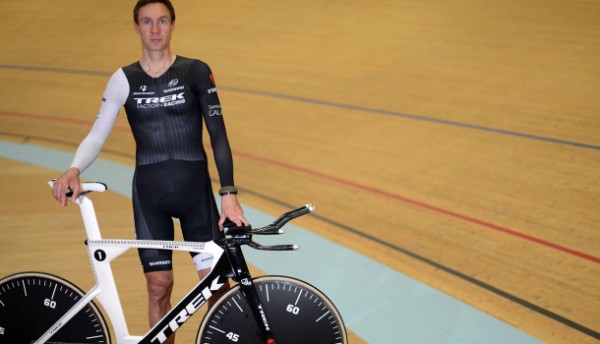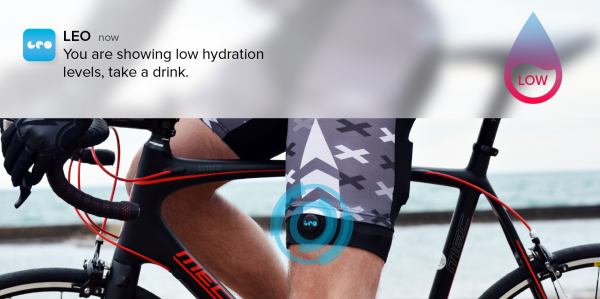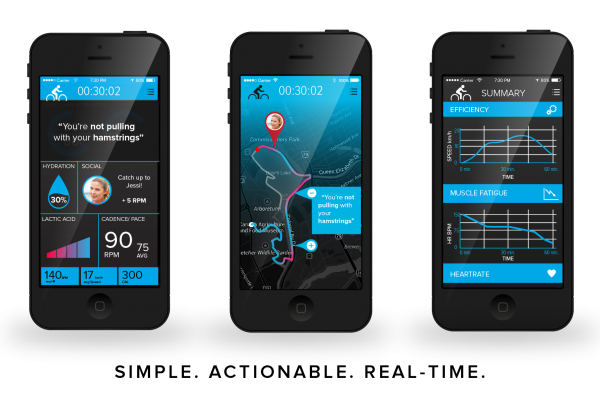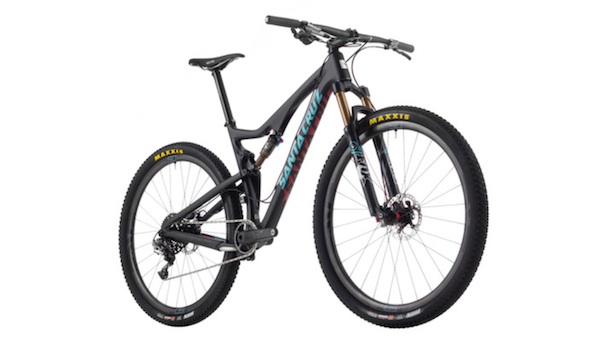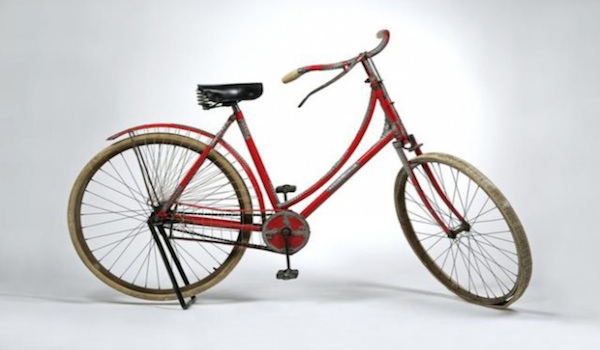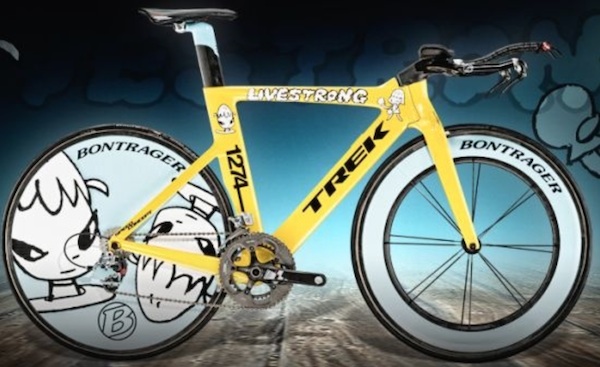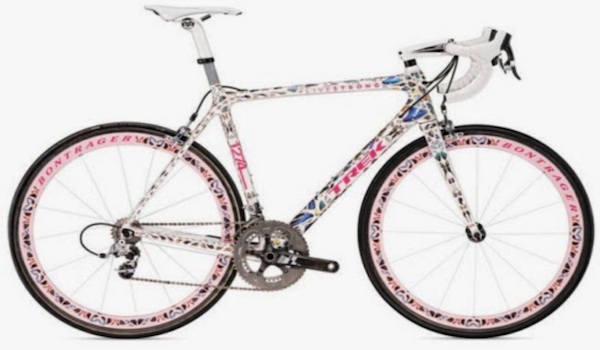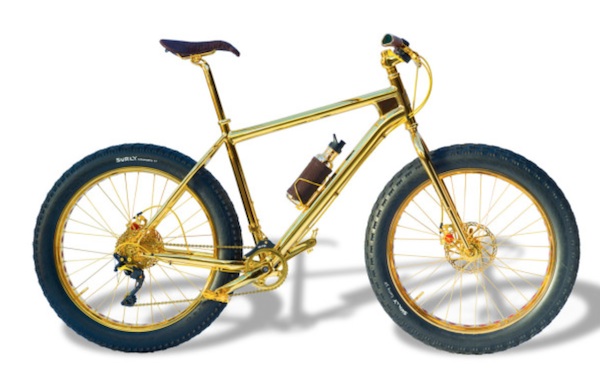Maybe you’ve just moved to a new city and have no idea where you can get a good ride in, or you might just be looking for a change of scenery from your tried and true routes. How do you go about finding suitable pavement? Anyone that has ever found themselves riding on a narrow highway with no shoulder and trucks passing you at 60 mph will know that it isn’t always as simple as checking out Google Maps.
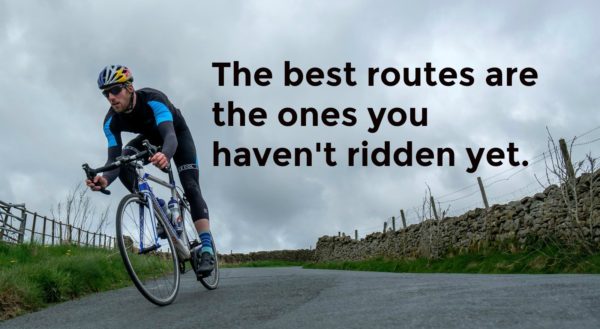
Your LBS
If you are in a new area, probably your best resource for finding good routes will be the local bike shop (LBS). These guys have usually been a part of the local cycling scene for a while, and every one I’ve been in has been super helpful suggesting the best places for a ride. Many of them will even have maps that you can take with you, or rides posted on a bulletin board. Whenever I’m traveling and have just a couple days in an area, the LBS is my first stop.
The Guided Tour
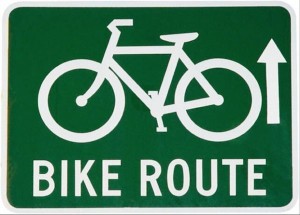
However, for those of you who aren’t the best navigators, striking out on your own with a vague set of directions might not be your cup of tea. For a little bit more guidance, you will want to hook up with one of the local clubs. Many clubs will hold weekly group rides with a range of distances and paces to suit just about anyone. Our friendly LBS might be able to give you the contact info for some of the club, or a quick search on Google should bring up at least a couple clubs in your area. Once you’ve been to a couple rides, you can start asking around for other options – many of the riders will ride together informally in addition to the organized weekly rides.
Link Up
Sometimes, though, you just want to get out there on your own, without having to worry about group riding etiquette, or holding casual conversation. If you’ve exhausted the suggestions of the LBS and the club, where do you turn? The answer, of course, is the magical internet. There are a bunch of good websites out there for tracking, recording, and sharing cycling routes. The two biggest are Strava and MapMyRide. In a few clicks, you can be browsing through rides that other people have put up in your area. These sites generally allow users to rate routes, and tag them with various characteristics, like ‘gravel sections’ or ‘great pavement’.
 Strava
Strava
Here is a global heat map on strava, the more travelled that particular route is the more intense the colour becomes! Using the heat map feature, you can also plot where you typically ride and how many times you’ve ridden it. Take a look at all the areas you’re not riding and start taking in some new scenery. You can also check out other user’s heatmaps in your area. Using the Route Builder, you can piece together a new route from some popular roads and segments mapped by cyclists in your area.
Hopefully these suggestions will help you find some new routes if you’ve been looking to mix up your riding routine, or get you started in an unfamiliar area. Happy riding!
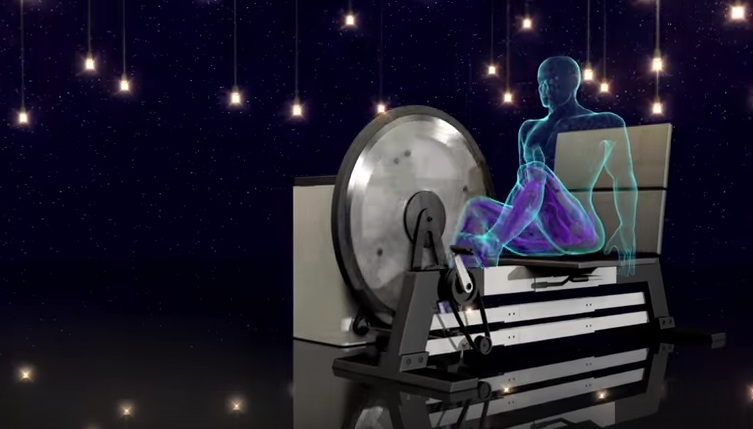

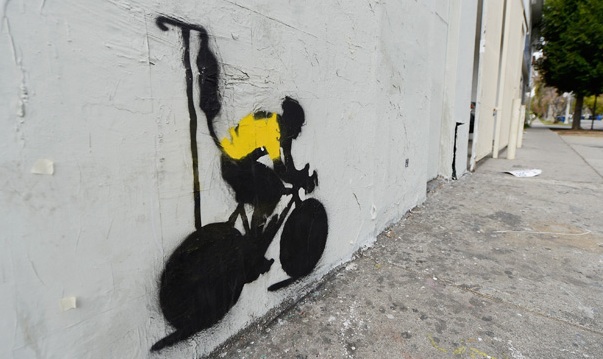
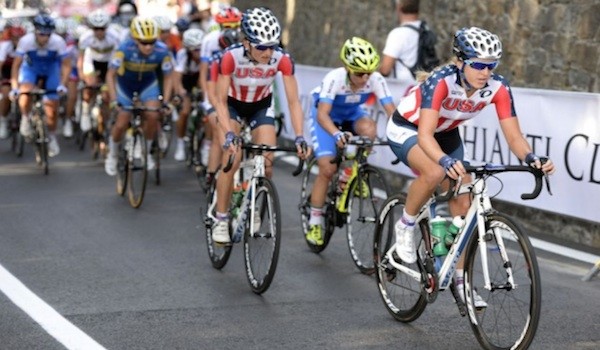 The Road Cycling World Championships happen once a year, most of the time, in Europe. The World Championships are like the Olympics where countries send their best riders as opposed to them racing for their normal trade teams. This brings an Olympic like quality event dedicated just to road cycling that is attended by the very best. The multitude of events also brings an Olympic feel where there is more than just one event to check out and watch unlike that of the Tour de France or other big races.
The Road Cycling World Championships happen once a year, most of the time, in Europe. The World Championships are like the Olympics where countries send their best riders as opposed to them racing for their normal trade teams. This brings an Olympic like quality event dedicated just to road cycling that is attended by the very best. The multitude of events also brings an Olympic feel where there is more than just one event to check out and watch unlike that of the Tour de France or other big races.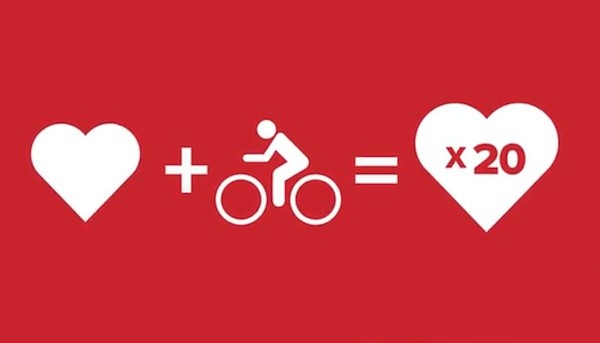 The cycling industry is huge and there are many reasons for this. Here are some interesting facts relating to the cycling industry you might not know:
The cycling industry is huge and there are many reasons for this. Here are some interesting facts relating to the cycling industry you might not know: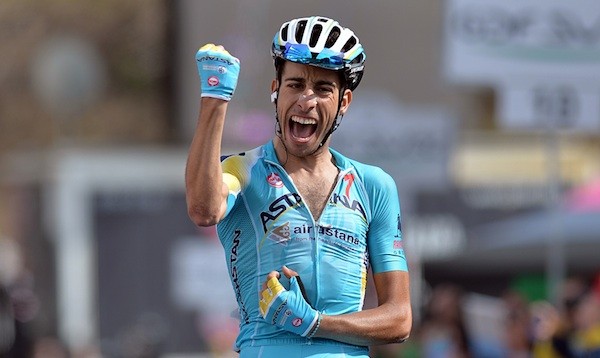 It is next to impossible to predict which riders will light up the racing calendar, especially in a sport where fate can be especially fickle. Riders racing for General Classification honours and team leader roles are easier to read, but the surprise appearance of young hopefuls who snatch stage wins from their elders is one of the things that makes cycling so interesting.
It is next to impossible to predict which riders will light up the racing calendar, especially in a sport where fate can be especially fickle. Riders racing for General Classification honours and team leader roles are easier to read, but the surprise appearance of young hopefuls who snatch stage wins from their elders is one of the things that makes cycling so interesting.